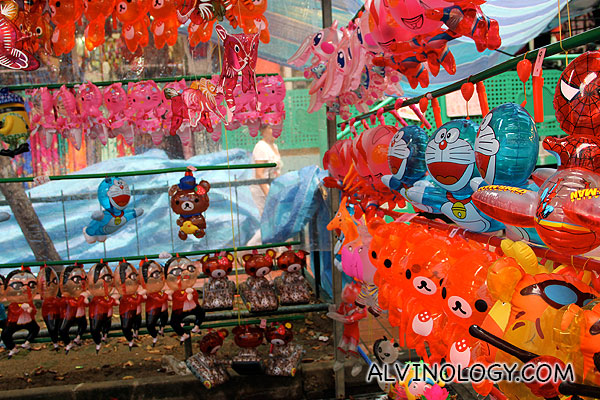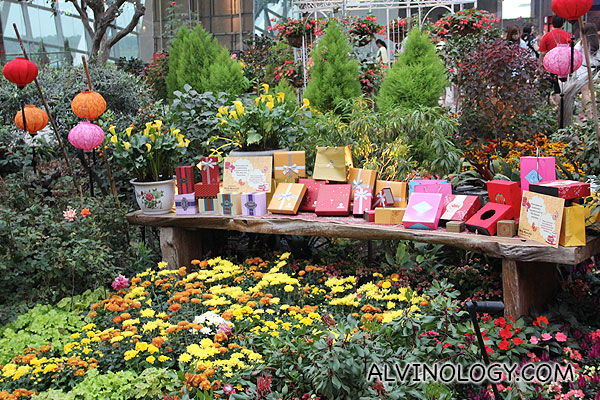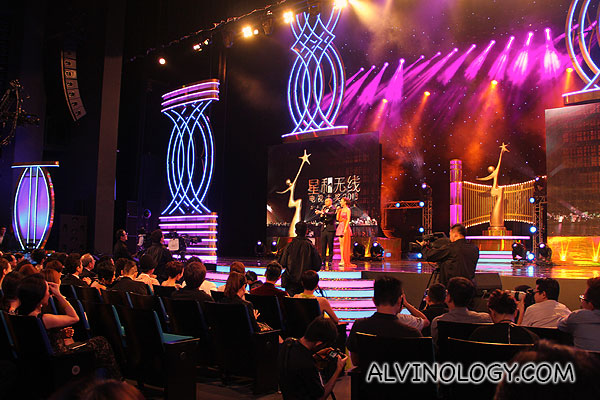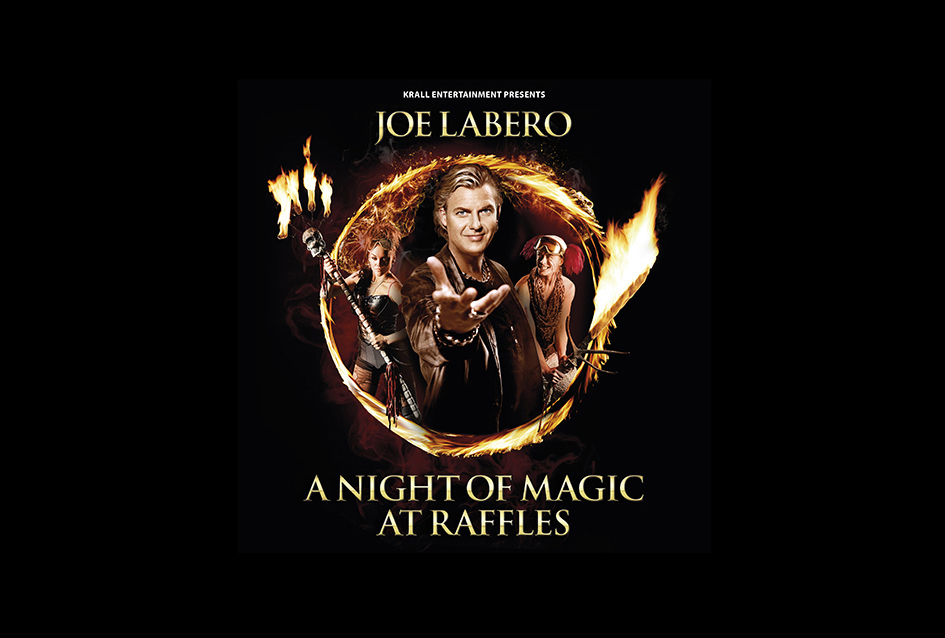The Mid-Autumn Festival (中秋节) is a popular harvest festival celebrated by Chinese and Vietnamese peoples globally. The festival is held on the 15th day of the eighth month in the Chinese lunar calendar, during a full moon, which is in late September or early October in the Gregorian calendar.

The Government of the People’s Republic of China listed the festival as an “intangible cultural heritage” in 2006, and it was made a Chinese public holiday in 2008. It is also a public holiday in Taiwan. Among the Vietnamese, it is considered the second most important holiday tradition.
In Singapore, while the Mid-Autumn Festival is not a national holiday, it is still widely celebrated by the Chinese and other races alike, as a day to enjoy mooncakes and carry lanterns.
This year in Singapore, there was a big-scale public event – Mid-Autumn Festival @ The Gardens 2013, held at Gardens by the Bay in conjunction with the festival. I brought my two-year-old son there to soak in the atmosphere and play with his newly-bought lantern.

Before heading down to Gardens by the Bay, I headed down to Chinatown to hunt for a lantern for my son. These days, other than the traditional candle-lit paper lanterns, most are battery operated with small light bulbs or with LEDs:


Other than lanterns, there were lots of Mid-Autumn Festival related delicacies like mooncakes, pomelos and baby yams on sale:



In Singapore, exchanging of mooncakes have grown into a major event itself. About a month prior to the Mid-Autumn Festival, corporations and businesses would exchange exquisite mooncakes as a formality and as a form of courtesy, seen as an extension of keeping a good working relationship.
The origin of the Mid-Autumn Festival is closely related to moon worship in ancient China and is often told with the myths surround the luna deity, Chang’e, known as the Moon Goddess of Immortality. The story goes like this, as described in Lihui Yang’s Handbook of Chinese Mythology, via wikipedia:

In the ancient past, there was a hero named [Hou] Yi who was excellent at shooting. His wife was Chang’e. One year, the ten suns rose in the sky together, causing great disaster to people. Yi shot down nine of the suns and left only one to provide light. An immortal admired Yi and sent him the elixir of immortality. Yi did not want to leave Chang’e and be immortal without her, so he let Chang’e keep the elixir. But Feng Meng, one of his apprentices, knew this secret. So, on the fifteenth of August in the lunar calendar, when Yi went hunting, Feng Meng broke into Yi’s house and forced Chang’e to give the elixir to him. Chang’e refused to do so. Instead, she swallowed it and flew into the sky. Since she loved her husband very much and hoped to live nearby, she chose the moon for her residence. When Yi came back and learned what had happened, he felt so sad that he displayed the fruits and cakes Chang’e liked in the yard and gave sacrifices to his wife. People soon learned about these activities, and since they also were sympathetic to Chang’e they participated in these sacrifices with Yi.
There is a tragic, yet romantic element to this story.
However, I think most Singaporeans do not give too much thought into the festival’s origin and do not perform moon worship. We simply relate the Mid-Autumn Festival to two things – mooncakes and lanterns.
We remember and celebrate the festival as a period to exchange and enjoy mooncakes while flaunting beautiful lanterns at night. These are the two things I will share with foreign friends if they are to come visiting during the Mid-Autumn Festival.
In fact, I see the Mid-Autumn Festival as a good time for Chinese Singaporeans to reach out to our fellow countrymen of different races as well as new citizens from countries not familiar with the festival.

Mooncakes come in all sorts of flavours these days and there are also halal certified mooncakes to share with our Muslim friends. Beautifully designed lantern is something everyone can appreciate, regardless of race. Don’t you agree?
This blog post is written as a contribution piece to ANZ Your World, the corporate blog of ANZ Bank, set up with the aim of connecting with ANZ’s own staff, customers and communities; sharing who ANZ is and what that they stand for as a business and a brand.











